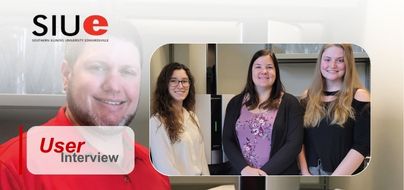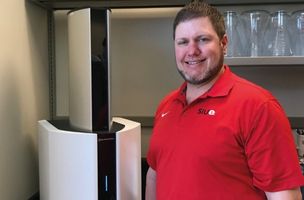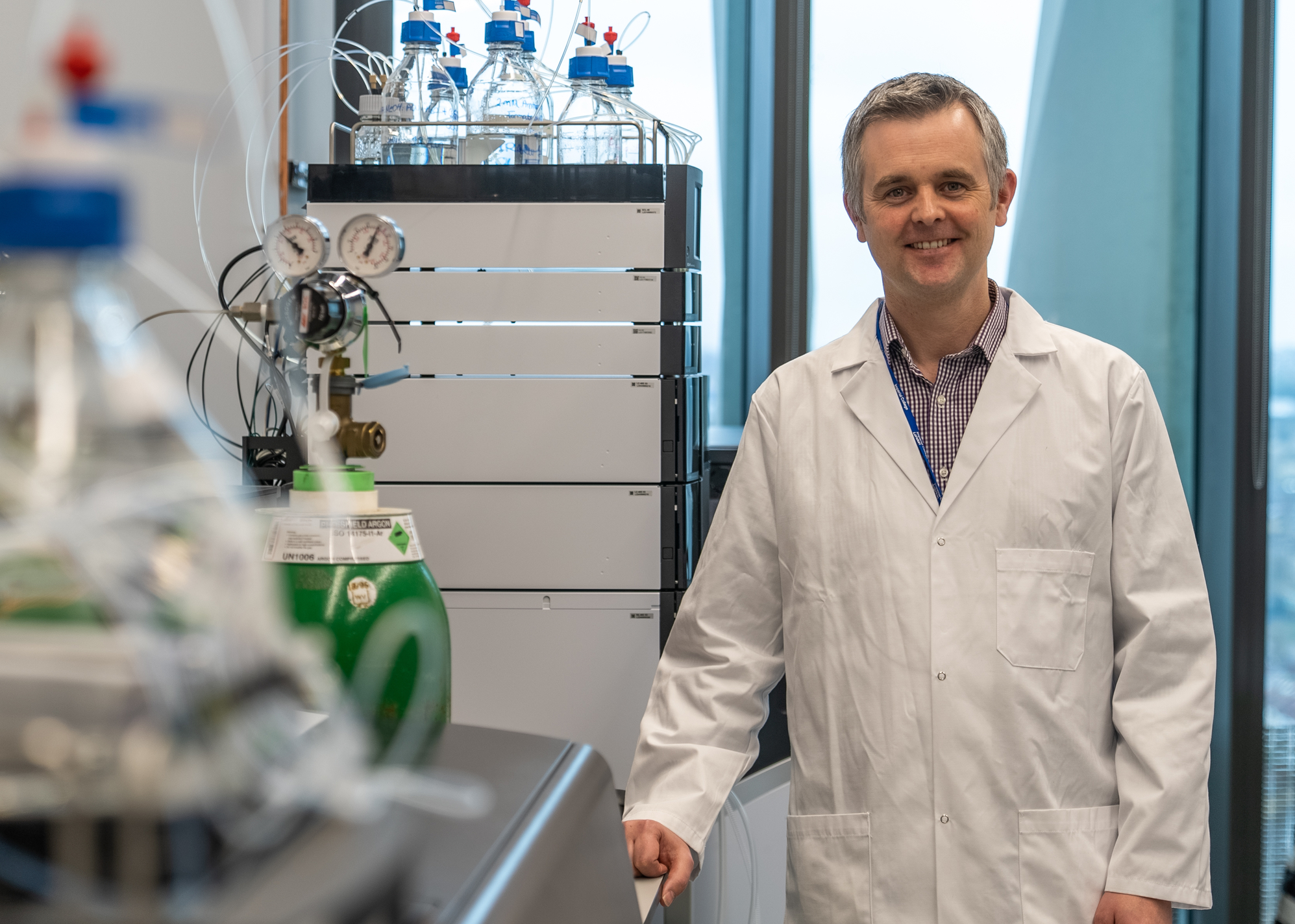Southern Illinois University Edwardsville: Maldi Imaging Reveals Analyte Concentration Differences

Southern Illinois University Edwardsville
-
INDUSTRY
Life Science
-
KEYWORD
analytes, imaging
-
INTRODUCTION SERVICE&PRODUCTS
MALDI-8020
Easy to use MALDI-8020 imaging reveals local differences in analyte concentrations and makes this technique a cornerstone in analyte quantitation workflows.
Dr Kevin Tucker, Associate Professor at Southern Illinois University Edwardsville, tells his story of using complementary mass spectrometry analyses to understand localization and concentration of analytes in a variety of matrices.
Summary of my work
In 2005 when I started at the University of Illinois at Urbana- Champaign, I became enamored with the future possibilities of mass spectrometry imaging (MSI) even though at the time MSI was still a burgeoning technology. While studying under Prof. Jonathan Sweedler, I grew as a mass spectrometrist and an analytical chemist, focusing my time and skills on method development specifically for MSI based techniques.

Dr Kevin Tucker
My time spent in the lab and my dedication to bolstering my MSI knowledge led me to becoming proficient in improvising techniques and improving data quality for MSI. After matriculating from my Ph.D. in 2011, I found myself performing qualitative and quantitative analyses on a variety of samples that spanned the gamut from nucleotides to ground corn to concrete. I had become adept at method development for a very broad range of applications. My independent research career began in 2016 and has focused on the application of method development for LC-MS and MALDI MSI to a variety of sample types and sample matrices. Utilizing an LC QqQ MS, I have performed targeted quantitative analysis on samples including wastewater, corn-to-ethanol fermentation broth, and homogenate tissue samples. However, the most exciting work has come from marrying my two areas of expertise: LC-MS quantitation method development and MALDI MSI method development.

Dr Kevin Tucker and his students next to their MALDI-8020 at their lab at SIUE (Southern Illinois University Edwardsville). His grad students are (left-to-right): Kendra Selby, Emily Hubecky and Stephanie Shan
Instrumentation and applications
I lead the work that is performed at Southern Illinois University Edwardsville’s Shimadzu Innovation Lab, which currently houses a HPLC iSeries, a LCMS-2020, a LCMS- 8060NX, a GCMS-TQ8050, a MALDI-8020, an EDX-8100, and a UV/Vis 3600i. I have been able to leverage these analytical tools against a plethora of applications: antibiotics in freshwater, wastewater, soil, and dried distiller’s grains with solubles; pesticides and herbicides in fresh water, plants, and foods; pharmaceutical toxicology in flatworms, fathead minnows, leeches, and earthworms; targeted metabolomics in gynecological cancers and blood; and the application of qualitative MALDI MSI whenever appropriate to guide the quantitative studies. The recent addition of the MALDI-8020 has been remarkable as it allows me to train undergraduate and graduate students with little to no experience with MSI and produce publication quality data within the first couple of months.
My students found the software to be easy to follow with very little training required. As a result, I have had three students using the instrument consistently for imaging work related to earthworms, human cancer, and mung beans. We have employed the MALDI MSI to inform our studies on where the analytes of interest are most concentrated in the tissue. We then perform careful dissections of the samples to maximize the concentrations of our analytes. Performing MALDI MSI is now the cornerstone in our workflow to quantifying those analytes that are present at high local concentrations, but low global concentrations and are thus diluted in homogenate sampling protocols.
What do I like about working with Shimadzu?
In addition to Shimadzu’s excellent instruments, their work force is what sets their organization apart from other manufacturers. I know that I can get everything I need out of my instruments because I have direct contact with the experts at Shimadzu anytime I need help. Whether by email or phone, Shimadzu’s employees have not only provided the tools that researchers need on their journey to excellence in science, but are willing to walk beside you to help you along the way as you encounter new challenges that even they may not be familiar with yet. Working with Shimadzu for me means that I am working people who are invested in my success.







